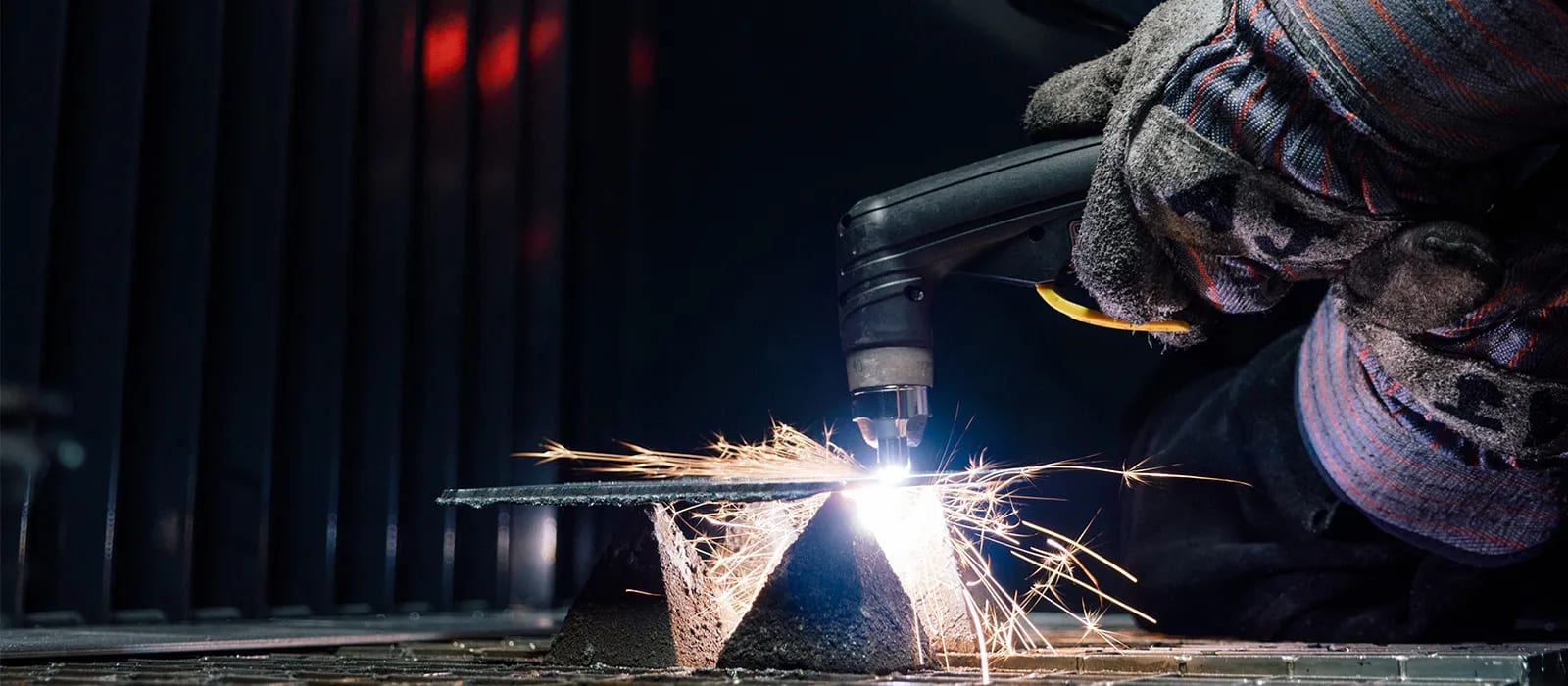Recognizing the Causes and Solutions for Undercut Welding in Metal Fabrication Processes
In the realm of steel fabrication processes, the occurrence of undercut welding positions a considerable obstacle that requires a thorough understanding of its reasons and viable options. The complex interaction of numerous variables throughout welding procedures can bring about this unwanted sensation, impacting the structural integrity and total top quality of the bonded joints - Preventing weld undercut. By studying the origin creates of undercut welding and discovering reliable therapeutic actions, makers can raise the requirement of their craftsmanship and guarantee the production of flawless steel components
Common Reasons of Undercut Welding
Regularly overlooked in metal construction, undercut welding happens due to various elements that demand careful focus and proficiency to be efficiently alleviated. Furthermore, inappropriate welding techniques, such as using the wrong welding angle or travel speed, can also contribute to damage development. The selection of welding criteria, such as voltage, existing, and cord feed rate, plays a substantial function in the incident of undercut welding.
Effect of Incorrect Welding Parameters
Imprecise welding parameters can significantly jeopardize the honesty and top quality of bonded joints in steel fabrication processes. The impact of inaccurate welding specifications materializes in numerous ways, leading to structural weaknesses and defects in the welded components. Precise interest to welding specifications is paramount to make certain the manufacturing of high-quality welds with the desired mechanical residential or commercial properties and structural integrity.
Effect of Improper Torch Angle
Inappropriate torch angle in welding procedures can substantially affect the top quality and stability of the final weld joints in steel fabrication procedures. Undercutting is a common welding problem where a groove forms along the weld toe, damaging the joint and compromising its architectural integrity.
A lantern angle that is also steep can bring about insufficient infiltration, incomplete combination, and increased spatter. On the other hand, a lantern angle that is too superficial can lead to too much penetration, burn-through, and distortion of the base material. Preventing weld undercut. Correct lantern angle is necessary for ensuring constant weld top quality, strength, and look
To prevent undercutting and various other issues caused by incorrect lantern angles, welders must be trained to preserve the right torch angle throughout the welding process. Routine surveillance and change of torch angles during welding can help accomplish audio welds with very little issues.
Role of Inadequate Welding Methods

An additional facet of poor welding techniques is improper weld preparation. Inadequate cleaning of the base steels, wrong joint layout, or not enough side check out here prep work can all add to undercut welding. Furthermore, insufficient protecting gas protection or making use of the incorrect kind of gas can lead to incomplete combination and the formation of undercut problems.
To resolve the duty of insufficient welding methods in metal fabrication procedures, it is important to provide comprehensive training for welders. Correct education and learning on welding specifications, joint preparation, and securing gas option can assist avoid undercut welding and ensure high-quality welds in steel construction jobs.
Effective Solutions for Undercut Welding
Addressing undercut welding in steel construction requires applying efficient solutions to boost weld high quality and architectural stability. Among the key options to fight undercut is to readjust welding specifications such as voltage, current, and take a trip speed to make sure proper warmth input and fusion. By fine-tuning these setups, welders can stop excessive melting of the base steel and filler material, minimizing the possibility of undercut development.
Additionally, correct joint preparation is vital in avoiding undercut. Making certain clean base steel surfaces devoid of contaminants and utilizing the ideal bevel angle can help advertise far better weld penetration and minimize the their website threat of undercut - Preventing weld undercut. Employing appropriate welding techniques, such as oscillating the lantern or weaving, can also help in dispersing warmth evenly and filling up the weld joint appropriately, reducing the possibility of undercut issues
Furthermore, choosing the proper welding consumables, including electrodes and filler metals, is vital in minimizing undercut. Making use of materials with appropriate chemical structures and mechanical properties can add to achieving sound welds with very little undercut. Normal examination and quality assurance measures should also be executed to discover and attend to undercut problems immediately, making sure the general honesty of made steel elements.

Final Thought
To conclude, comprehending the causes and solutions for undercut welding in steel manufacture procedures is important for accomplishing top notch welds. By attending to typical causes such as wrong welding criteria, incorrect torch angle, and inadequate welding strategies, welders can stop undercutting and ensure solid, resilient welds. It is necessary to take note of these factors and apply efficient solutions to boost the general welding process and last product top quality.
